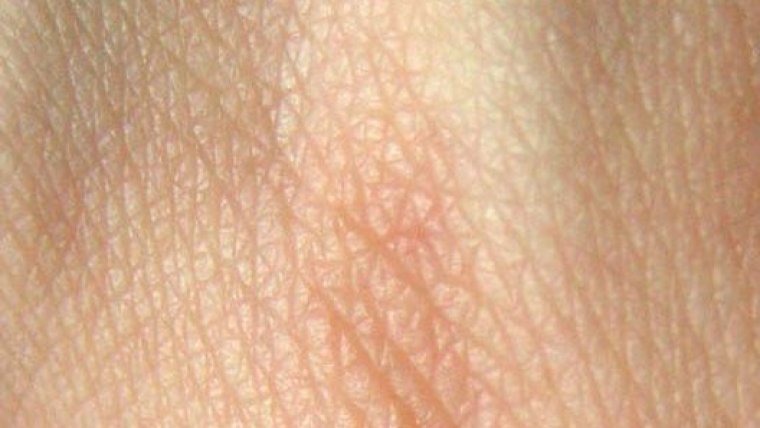| Health / Health News |
Skin microbes fairly stable over time
NIH | MAY 18, 2016
The skin serves as one of the first lines of defense against illness and injury. Its health depends on the balance between your own cells and the millions of microbes—including bacteria, fungi, and viruses—that live on its surface. But during an average day, parts of your skin may brush surfaces in stores, elevators, and restrooms; get nicked by a kitchen knife; be washed with rain; rest on a gym mat; and be slobbered on by a dog.

The health of our skin depends upon the delicate balance between our own cells and the countless microbes that live on its surface. ![]()
Given this wide range of exposures, an NIH research team set out to determine how skin microbial communities change over time.
The researchers collected a total of nearly 600 skin samples from 12 healthy adult volunteers at 3 time points—5-10 weeks apart (“short”) and 10-30 months apart (“long”). The samples were taken from 17 body regions representing 4 microenvironments. These included oily areas (such as the side of the nose, inside the ear, and upper chest); moist areas (typically skin folds or creases such as the inner elbow, space between fingers, and behind the knee); dry, flat surfaces (such as the inside of the forearm and palm of the hand); and the feet (toenail, heel, and between the toes).
The group used genomic techniques to create a comprehensive inventory of the microbes in the samples. They found that the bacterial, fungal, and viral communities were fairly stable over the time period studied despite the skin’s routine exposure to a wide range of environments during daily life. The nature and extent of the microbial stability varied across the people studied, such that each person had a unique microbial signature.
Some differences were observed among the body areas sampled. Sites with oily skin had more stable bacterial and fungal communities. In contrast, sites from the foot showed the most variability over both the short and long term. The palm, which is a dry site that typically undergoes a wide range of exposures, was remarkably stable over time.
YOU MAY ALSO LIKE




